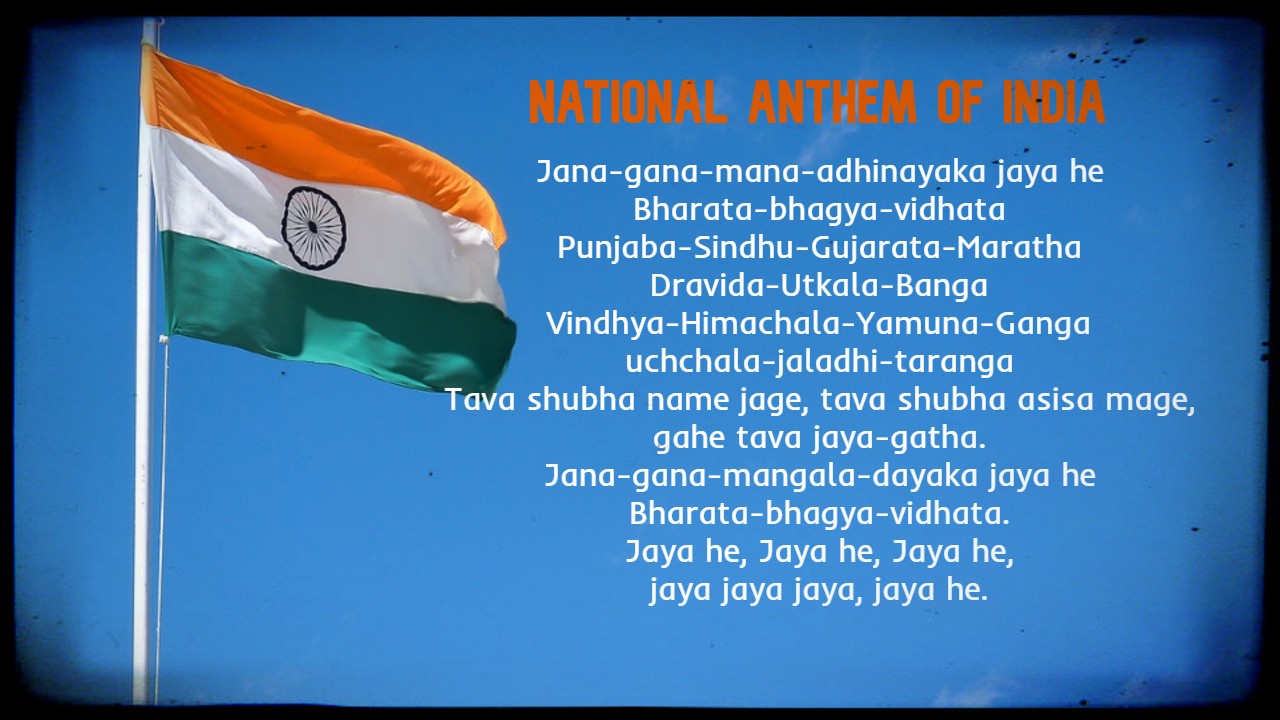
The shrieks of those bondmen, whose blood is now streamingįrom the merciless lash, while our banner in sight Its first stanza is as follows: Oh, say do you hear, at the dawn’s early light,

Atlee was written for the abolitionist cause. To the shame of his friends, ’mid the jeers of the throng.Īn 1844 version, “Oh, Say Do You Hear,” with lyrics by E.A. While the pity-able wretch would stagger along, Gave proof through the night in the gutter he’d been, Yet still in his breast not a throb, of shame feeling!Īnd the plight he was in-steep’d in filth to his chin, With blear eyes and red nose most revolting to sight Some poor bloated drunkard to his home weakly reeling, The first stanza, somewhat humorous, reads as follows: Oh! who has not seen by the dawn’s early light, Lyrics set to the tune celebrated national heroes or spoke of political struggles, including temperance (1843 “Oh, Who Has Not Seen”). The melody was used repeatedly throughout the 18th and 19th centuries with lyrics that changed with the affairs of the day. I’ll lend you my name and inspire you to bootĪnd besides I’ll instruct you like me to intwine Voice, fiddle, and flute, no longer be mute, When this answer arrived from the jolly old Grecian: That he their inspirer and patron would be
National anthem full#
To Anacreon in Heaven, where he sat in full glee, Who was the primary author of the Declaration of Independence? Who does a U.S. Its original lyrics were written in six verses by the Anacreontic Society’s president, Ralph Tomlinson, as an ode to the Greek poet Anacreon, who is asked for and-after some objection by the gods-grants his blessing to mingle Venus’s myrtle with Bacchus’s grapevine in their brotherhood: Written by British composer John Stafford Smith-whose identity was discovered only in the 1970s by a librarian in the music division of the Library of Congress-the song was sung to signal a transition between the evening’s orchestral music concert and after-dinner participatory singing. Long assumed to have originated as a drinking song, the melody was taken from the song “ To Anacreon in Heaven,” which first surfaced about 1776 as a club anthem of the Anacreontic Society, an amateur mens’ music club in London. After a century of general use, the four-stanza song was officially adopted as the national anthem by an act of Congress in 1931. The Star-Spangled Banner, national anthem of the United States, with music adapted from the anthem of a singing club and words by Francis Scott Key. SpaceNext50 Britannica presents SpaceNext50, From the race to the Moon to space stewardship, we explore a wide range of subjects that feed our curiosity about space!.Learn about the major environmental problems facing our planet and what can be done about them! Saving Earth Britannica Presents Earth’s To-Do List for the 21st Century.Britannica Beyond We’ve created a new place where questions are at the center of learning.100 Women Britannica celebrates the centennial of the Nineteenth Amendment, highlighting suffragists and history-making politicians.
National anthem how to#


National anthem code#
By accessing any information beyond this page, you agree to abide by the Privacy Policy, Code of Conduct, and Terms and Conditions. No portion of may be duplicated, redistributed or manipulated in any form.


 0 kommentar(er)
0 kommentar(er)
